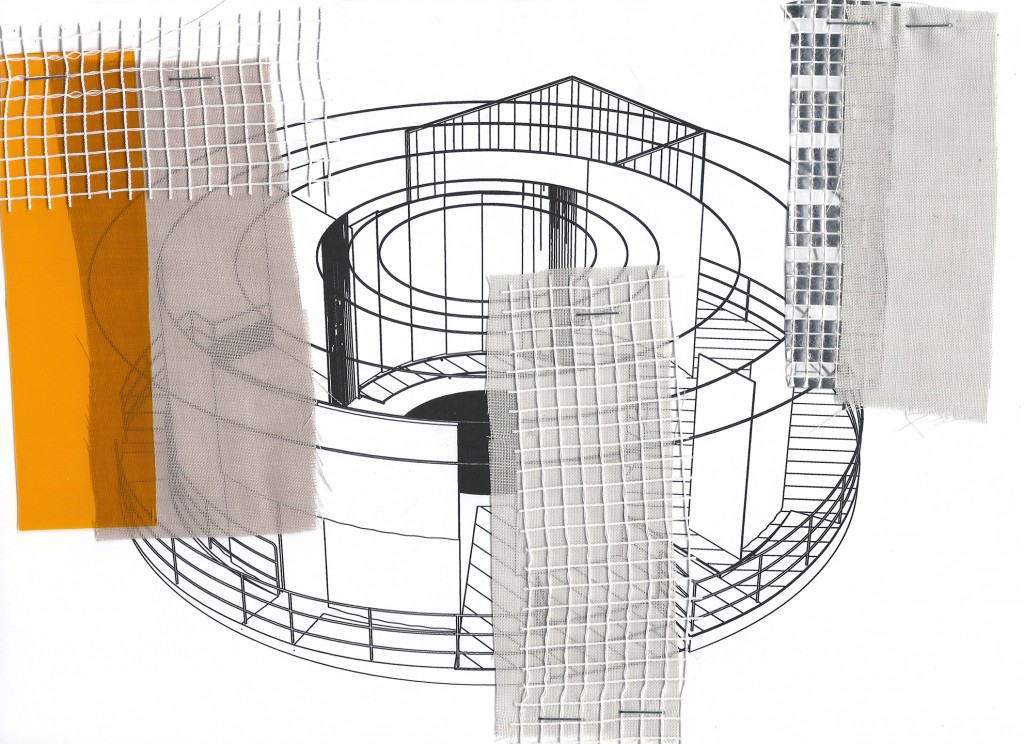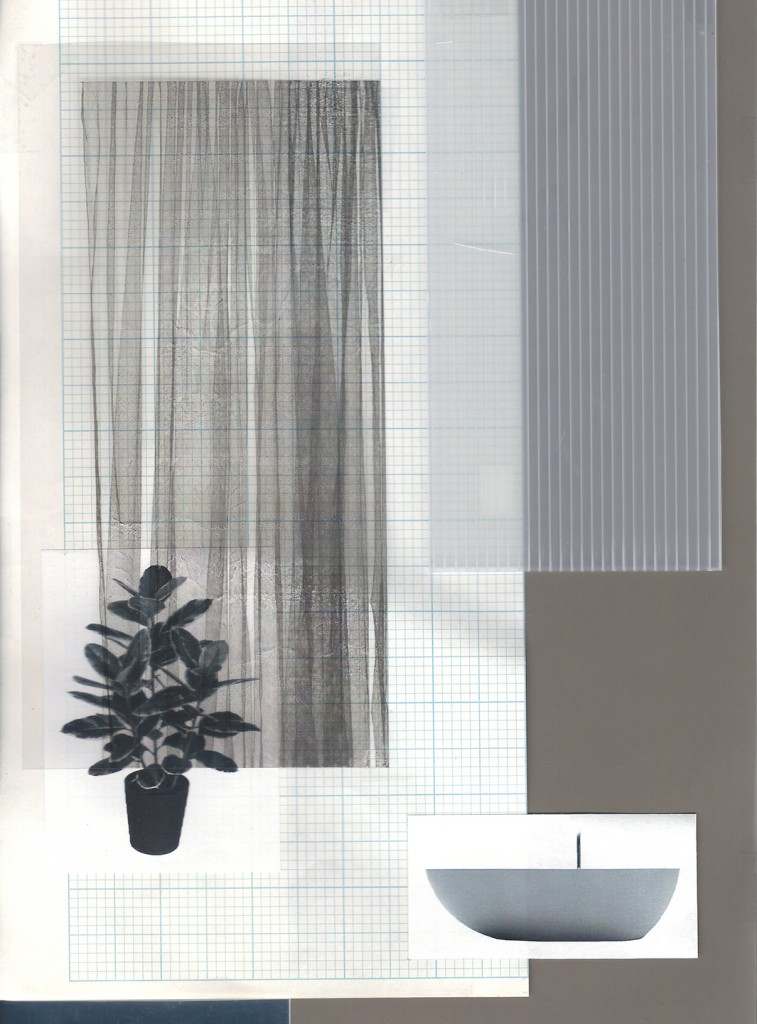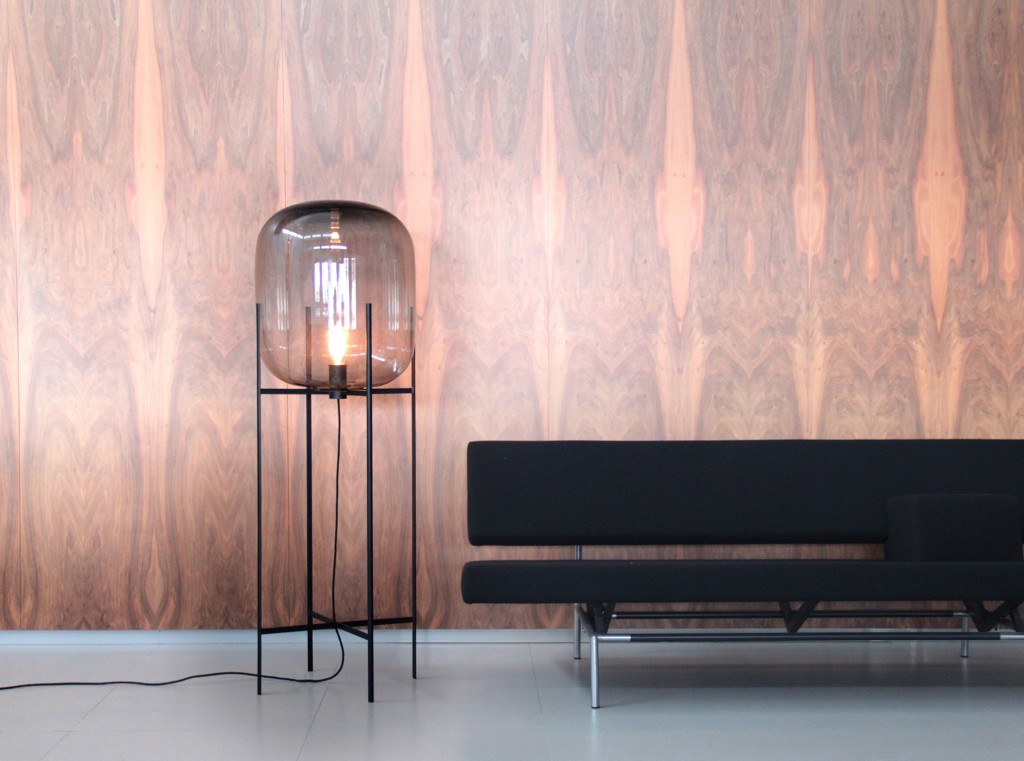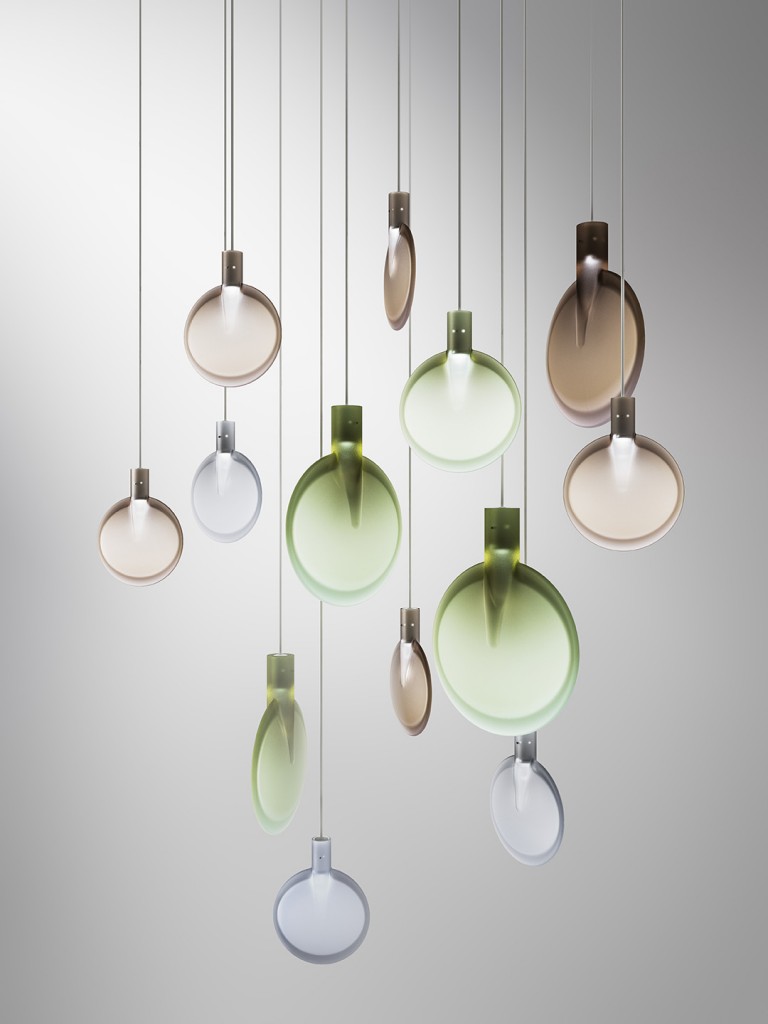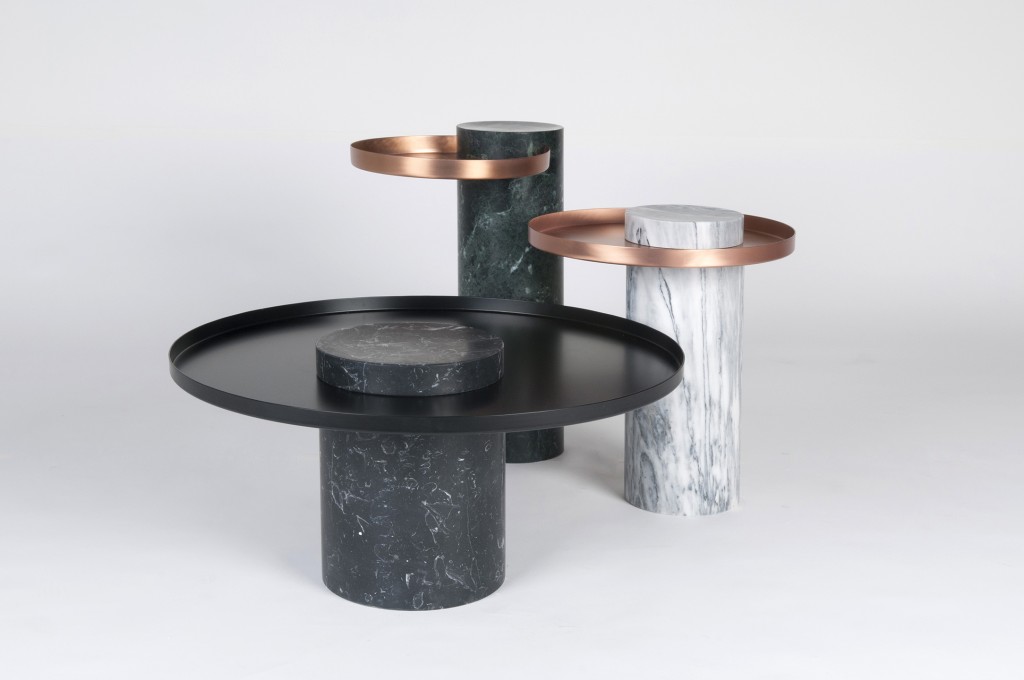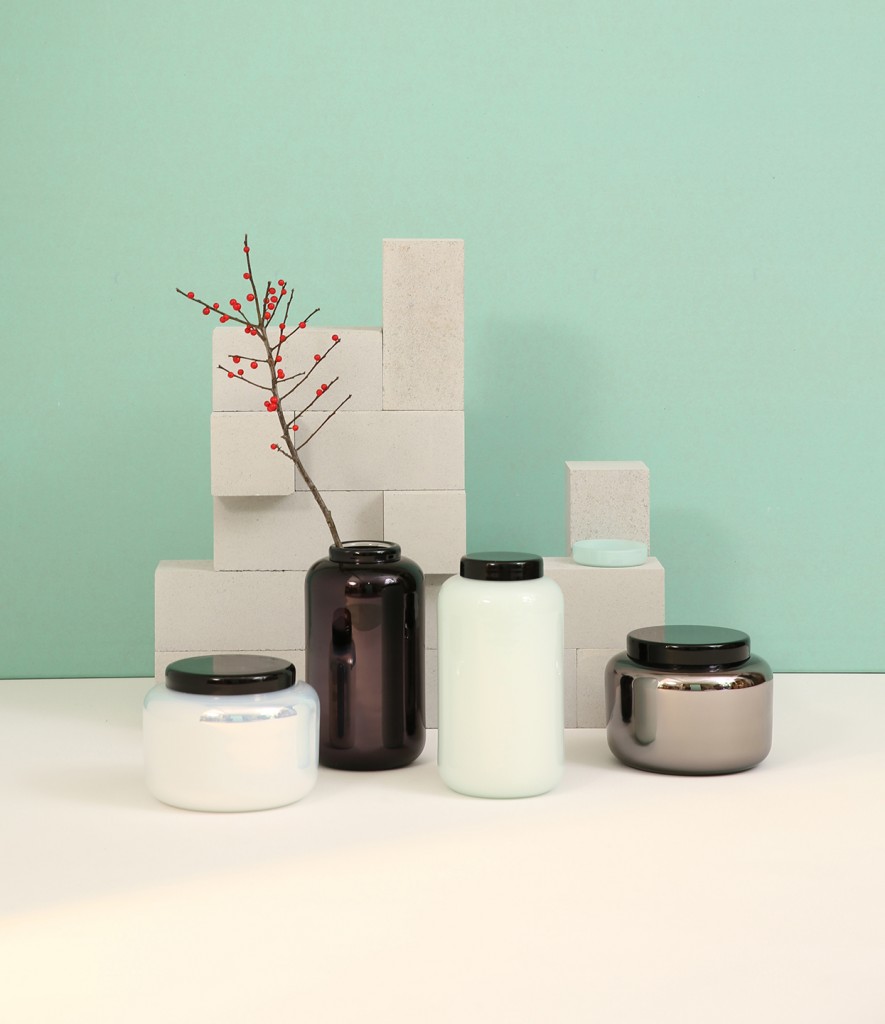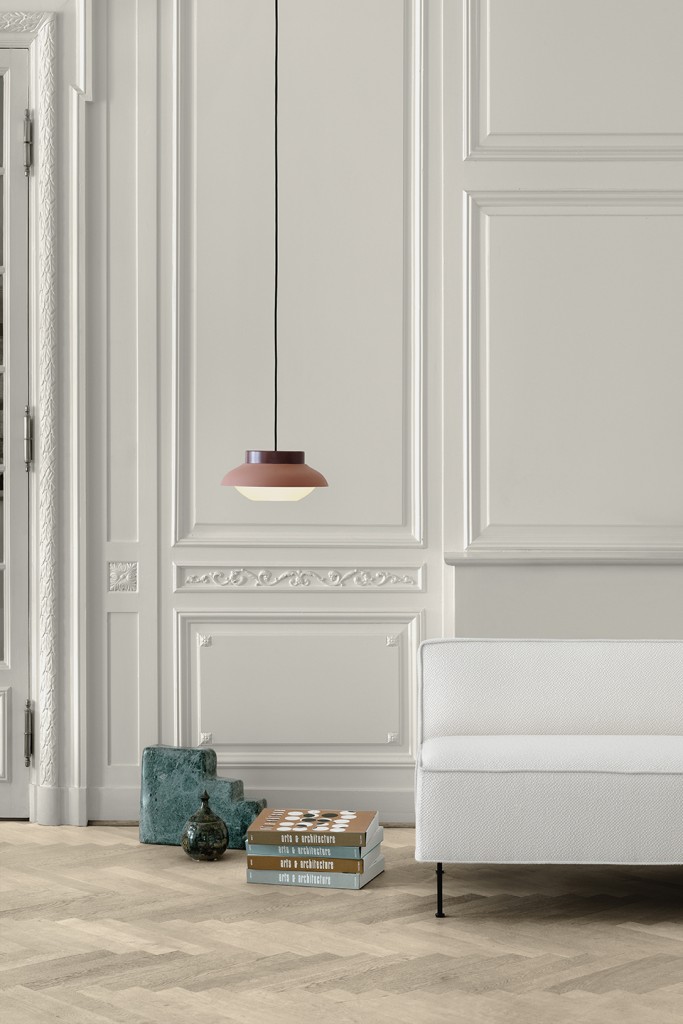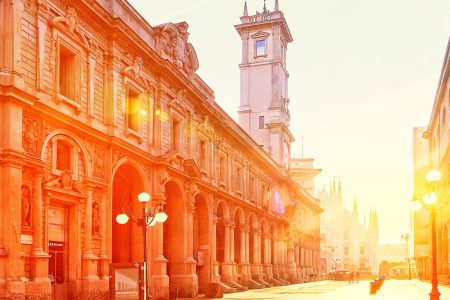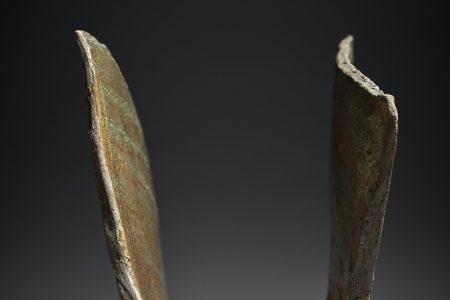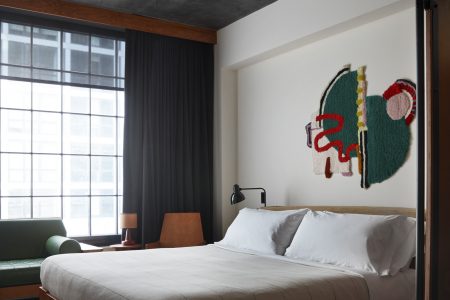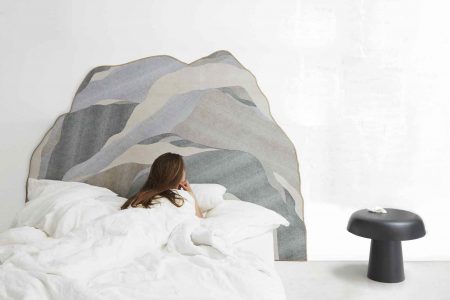Sebastian Herkner: A Soft Glass House for Everyone
German designer Sebastian Herkner’s ideal house, Das Haus, questions how to live together with other cultures and empowers people to interact with each other. At imm Cologne from 18–24 January 2016.
For its 2016 edition, the international interiors fair imm Cologne invited German designer Sebastian Herkner as its guest of honour. Gemütlichkeit – tranquillity and comfort – will empower people to interact and spend a moment together as soul mates In Herkner’s installation Das Haus – Interiors on Stage.
Das Haus, The Ideal House, is projected as a sensual experience of an inside and outside. The house changes like a chameleon from soft and aromatic to colourful and communicative. It’s flowing and fluid architecture plays with light and perspectives, addressing all the senses in the experiencing process. Dominated by textiles and patterns infused with natural and artificial light, Herkner’s design also features a selection of his own furniture mixed with favourite pieces created by other designers.
With all elements combined, Ideal House appears as a stage. Bedrooms and bathroom break out as the only intimately styled, semi-transparent spatial cubes. Many prototypes, exclusive designs and new products by Herkner and his industrial partners, including an outdoor collection for Dedon, a room divider for Rosenthal, a chair for Linteloo and lights for Pulpo, will be launched at imm Cologne simultaneously. The textiles and patterns of Das Haus are designed by an exclusive German textile manufacturer Nya Nordiska.
TLmag spoke to Herkner about his own free sense of living, free frontiers and boundaries.
“The result of my human-centred research is an open house where wall elements will be replaced by movable curtains, allowing light and shadows to enter into the room and living spaces,” the designer describes. “When the request came from imm Cologne after Milan Furniture Fair, I was honoured to do the house. I started thinking about the shape, the use of materials and what concepts to bring in. My first intuition had been to open up the space and not to go into any technological or too conceptual direction.”
“It’s all about the movement of refugees in Europe nowadays. We are witnessing the flow of people. The actual idea of Das Haus is to question how to live together with other cultures; how to respond to the growing needs of hospitality. I have taken the house as a metaphor to highlight those stakes in the transformation of global social attitudes. From my point of view, transparency is about looking through, not having thick walls, the idea being able to cook in the house and share time with others. The roundness without etches allows you to look from one room to the other. A courtyard connects all spaces: the lobby, a small working desk, more intimate sleeping room and a bathroom.”
Are We Allowed to Enter?
Following an optimistic mindset, Herkner can’t escape the news. He wants to change the world by opening the debate of public and private space for the common good.
“I do not want to discuss privacy and property but to conceive a house for everyone – a house in which you freely enter from one staircase that leads to all levels,” he states.
Herkner constantly travels for collaborations with Dedon in the Philippines or Moroso in Zimbabwe.
“While moving around, I have observed that the first encounter is the most important to get into the life of inhabitants. When I arrived in villages, I always shared a meal and spent time with the people I work and live with. This ‘no distance’ type of relationship has brought me great convivial experiences. In our Western culture, we have more protocol and don’t always want to face reality. Inter-cultural projects are my favourite. Being in Africa was the most extreme, in terms of being part of people’s life and seeing how they act, behave, and survive but also what’s really important for them in response to primary needs. We complain but are still on the lucky side. To come back to the Ideal House, my idea of ‘democratizing’ the place is the way to enjoy it the best; no show-off or decoration.”
Social Engagement
As a designer, Herkner feels that he has a huge responsibility. He reads three newspapers everyday: the Frankfurter Algemeine, Süddeutsche Zeitung and Spiegel.
“I have gotten so much inspiration from social issues and cultures. It’s important to bring a relevant message, which can impact the collective mindset and attitudes to life. In content, Das Haus has to be charged with more than one personal story. This is a message I will transmit through a free publication distributed during the fair. New products as well as more conceptual projects will be shown. As in India or Japan, different layers of textiles softly divide a space, which is made of various densities.”
“I have also used bent laminated glass for the walls and additional glass like in the projects I’ve developed for ClassiCon and Pulpo. These are always combined with refined materials such as brass and copper. I love the effects of light and shadows on the space,” Herkner says.
“I am now entering into new interior projects with my studio and pushing my industrial designs to a new scale. In every project I do, craftspeople are central. Companies should be able to produce by themselves or be in close contact with those who produce. People will pay more for quality and human-driven innovation. Like the Italians say, small suppliers are key to furniture production. There are some brands I collaborate with, which are moving back their production-roots, back in Europe to gain quality.”
“Storytelling is also better for them, rather than having the production outsourced and promoted as ‘Made In’. It goes back to my education and interning with Stella McCartney in 2003–04. These issues are still relevant to me and influence colour choices applied to furniture and objects. I’m also passionate about art from the 1990s up to now. There is a turn towards architecture and the use of materials.”
With Das Haus, Herkner will surely find the right balance between social intelligence and a better sense of living. •
Interiors fair imm Cologne at Cologne, Germany, from 18–24 January 2016.
The interview was originally published in TLmag 24, From East Asia to Northern Europe in December 2015.
Main image
Sebastian Herkner and Das Haus project for imm Cologne 2016.
